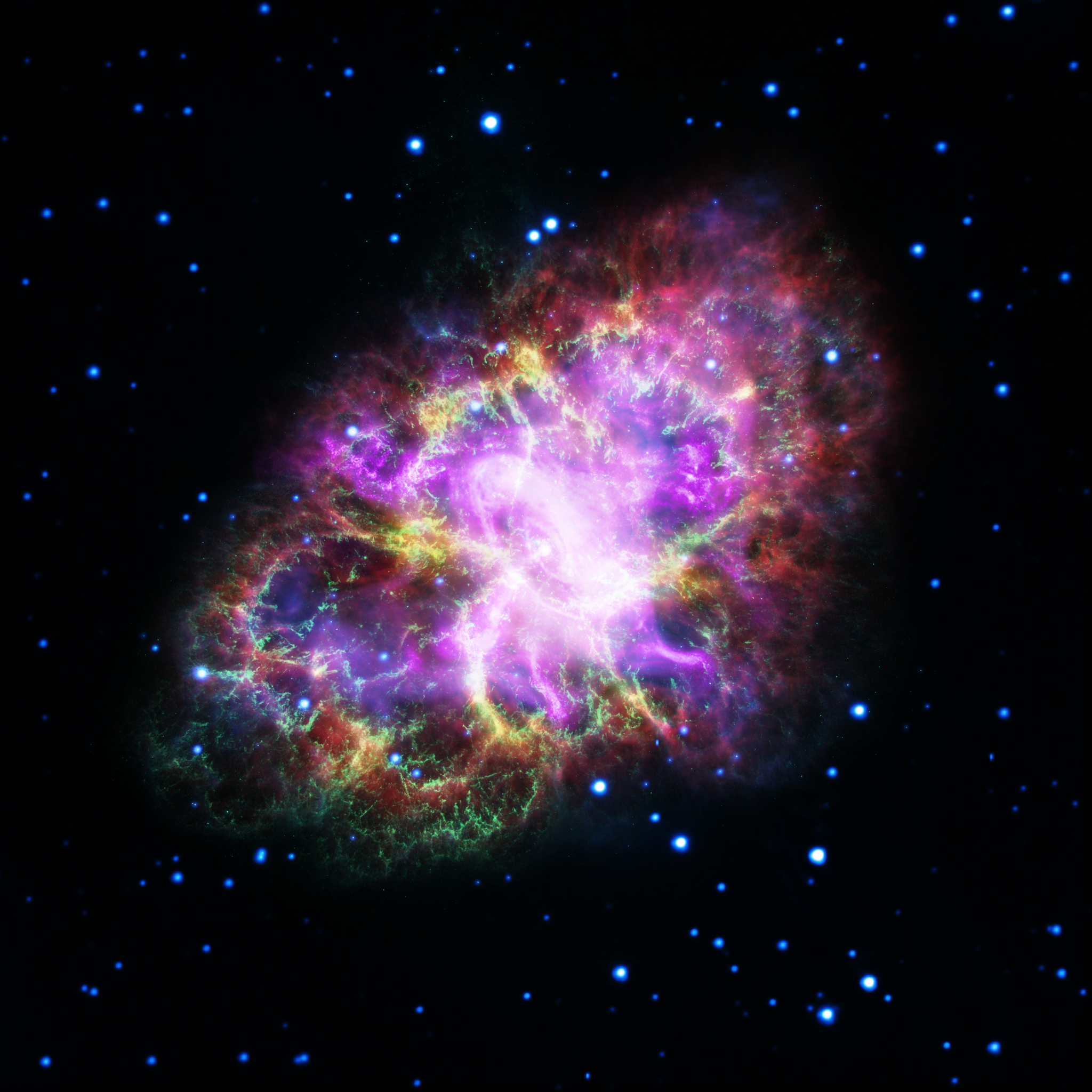<!-- _footer: ""

<br><br><br><br><br><br><br><br><br><br>
##### Courtesy: Florent Plane

<!-- paginate: hold







## RIMS allows us to do in-situ chemistry to separate isobars

Two important neutron sources
- <sup>13</sup>C(α,n)<sup>16</sup>O
- <sup>22</sup>Ne(α,n)<sup>25</sup>Mg
<center>
<video controls="controls" width="600" src="https://upload.wikimedia.org/wikipedia/commons/transcoded/1/1b/Evolution_of_the_light_echo_around_V838_Monocerotis_%28Heic0617a%29.ogv/Evolution_of_the_light_echo_around_V838_Monocerotis_%28Heic0617a%29.ogv.720p.vp9.webm"></video>
</center>

